Description
Wood duck lemon feathers are perfect for making tails and wings of nymphs, soft hackles streamers and salmon flies. Give your flies that fine segmented effects that only these hard to fine wood duck feathers can do.
The terms woodduck, summer duck, and mandarin duck are oftentimes used interchangeably in fly tying texts, most often in the context of the buff colored barred flank feathers. Summer duck is a nickname that has been used for both the mandarin duck and the woodduck, there are in fact two distinct birds behind all these feathers. The woodduck, Aix sponsa, is native to North America while the mandarin duck, Aix galericulata, is native to Asia. The two are closely related biologically, the hens being almost indistinguishable in appearance, but the drakes are quite distinct on the water. However, it is the flank feathers of the drakes that are of great interest to fly tyers. They are so nearly identical that one can easily be used as a substitute for the other in all but the most strict tying recipes.
Dry Fly Wings
As mentioned above, dry fly winging is the most common use of woodduck flank feathers. While most tyers use a single feather for winging their dry flies, some use a pair of feathers, especially on larger flies like a size 12 Quill Gordon. For dry flies that utilize a pair of feathers, elongated feathers are more suitable. For flies that will use one feather to form the split wings, the “triangle” shaped feathers are perfect, especially the ones with a very flat top edge with few broken barbules.
Nymphs and Emergers
The mottling and coloration of woodduck flank feathers make them very appropriate for tails and legs on mayfly nymphs and emergers. You only need a few fibers per tail or set of legs.
Pack contains six wood duck lemon feathers.

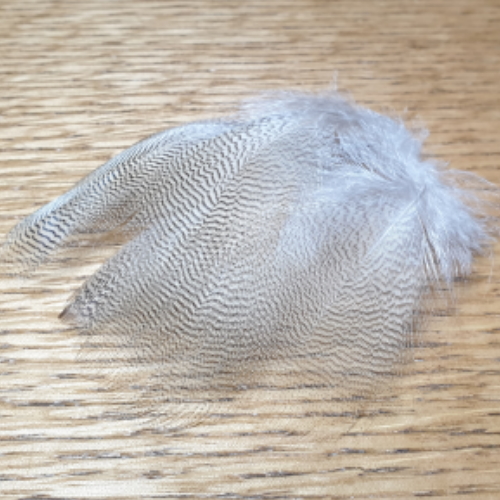
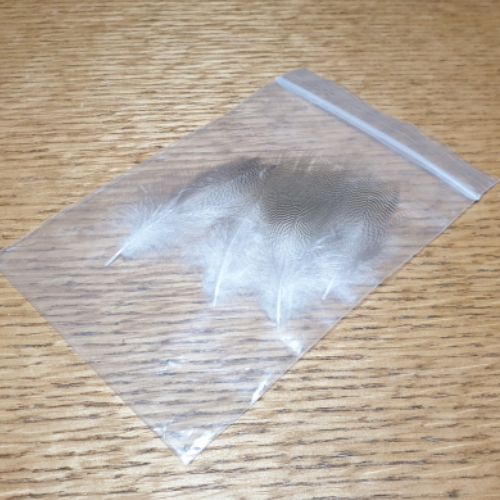
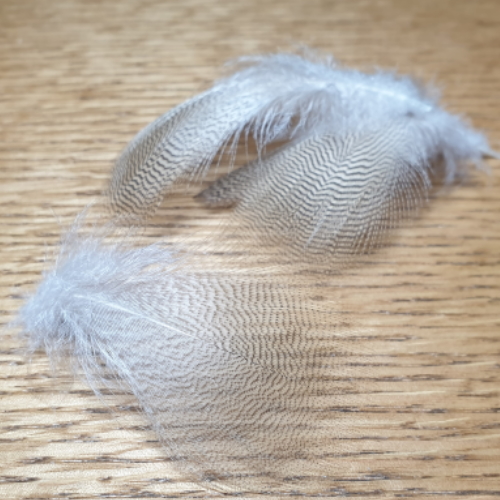
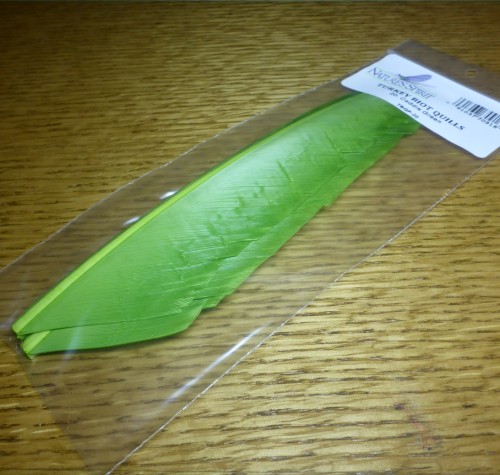
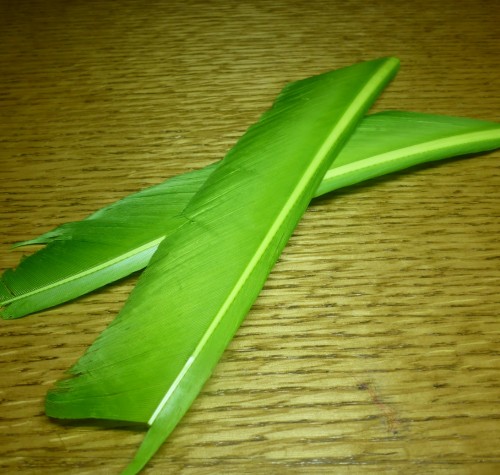
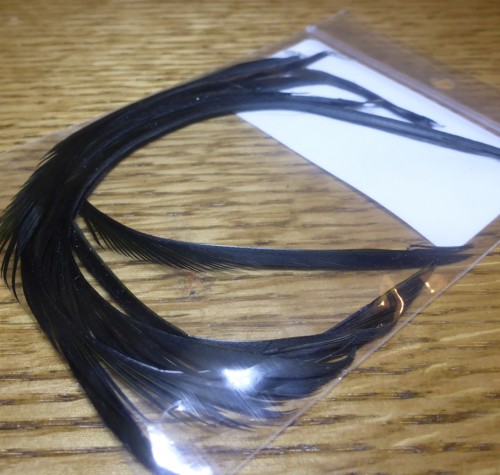
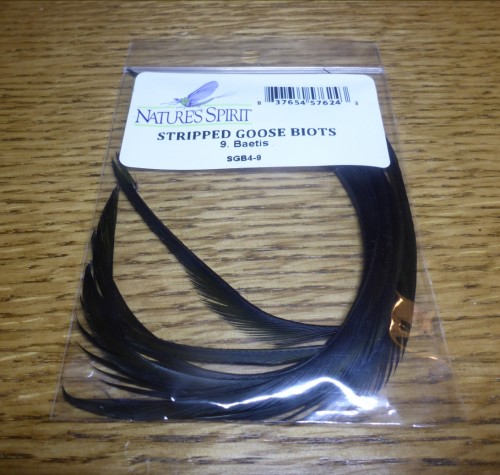
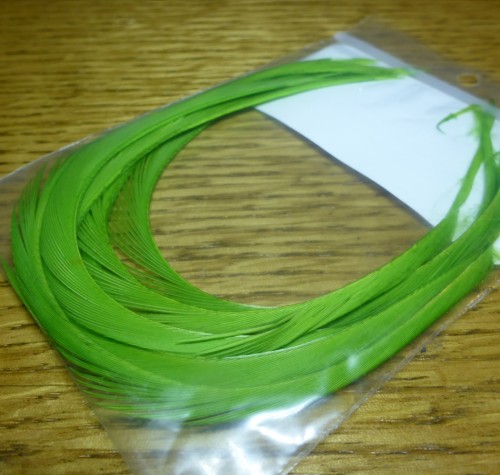
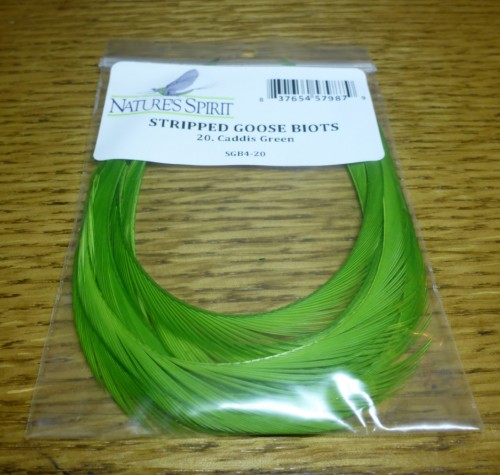
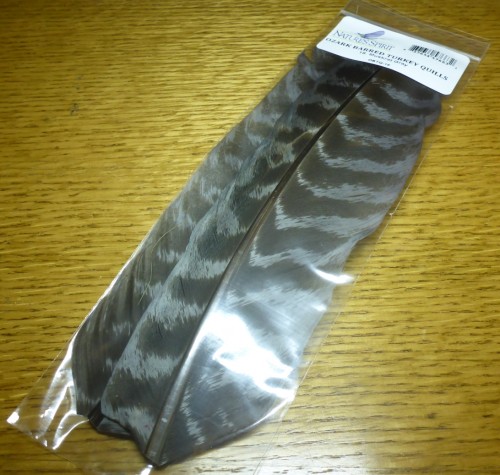
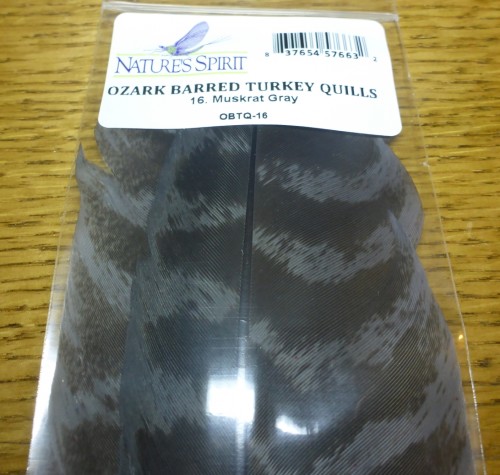
Reviews
There are no reviews yet.